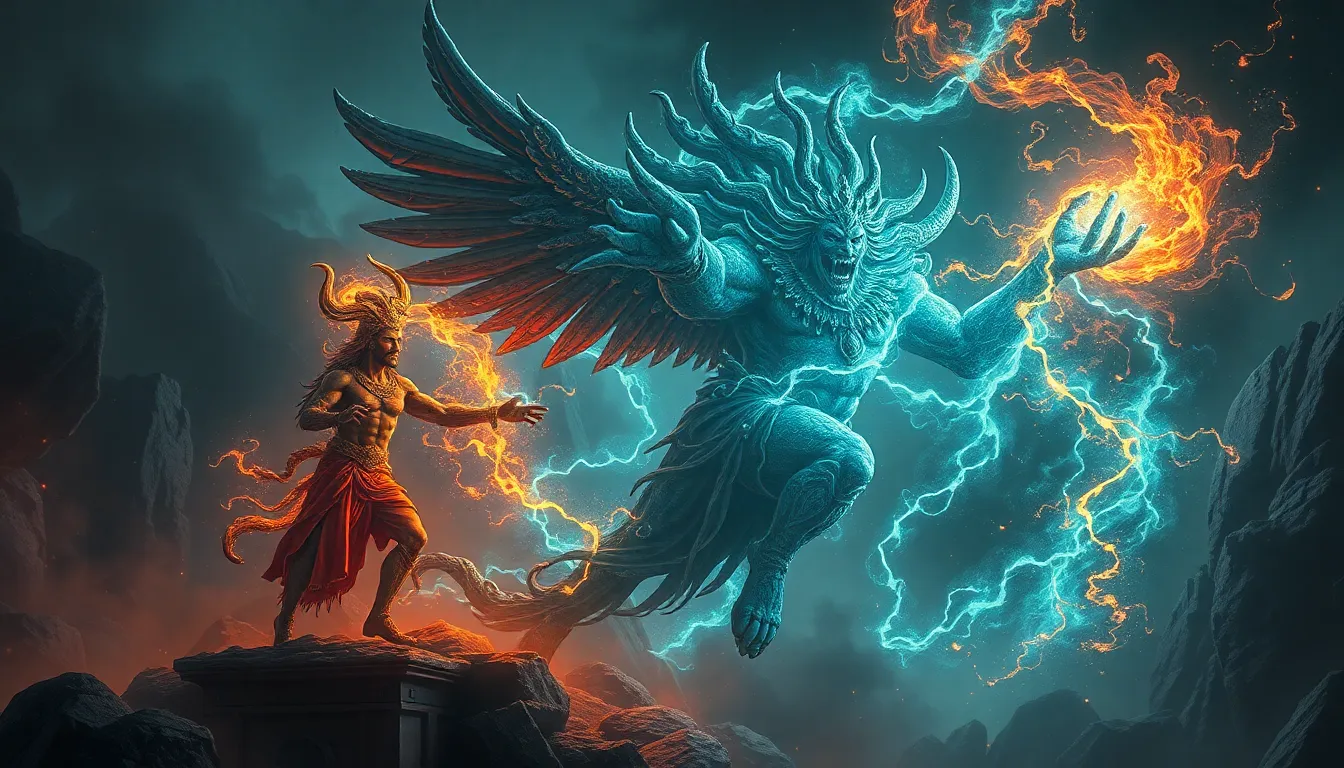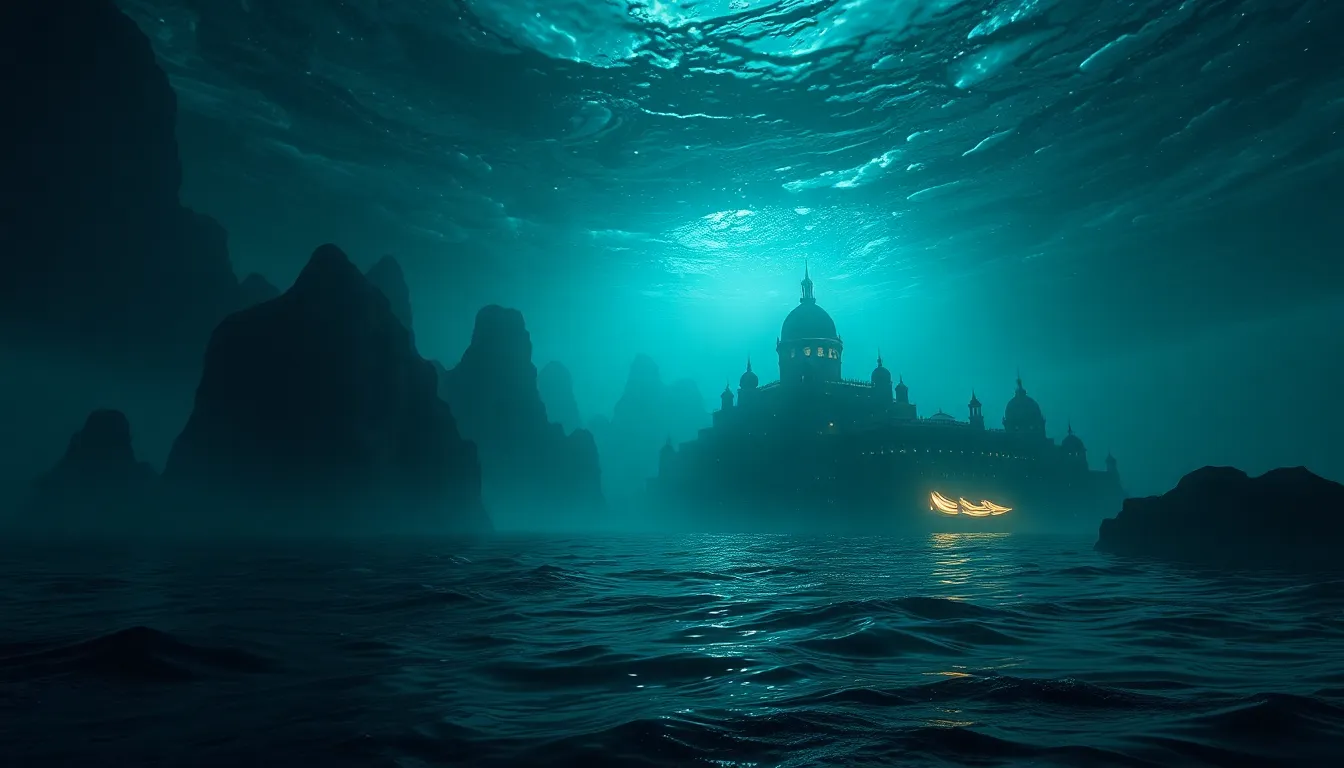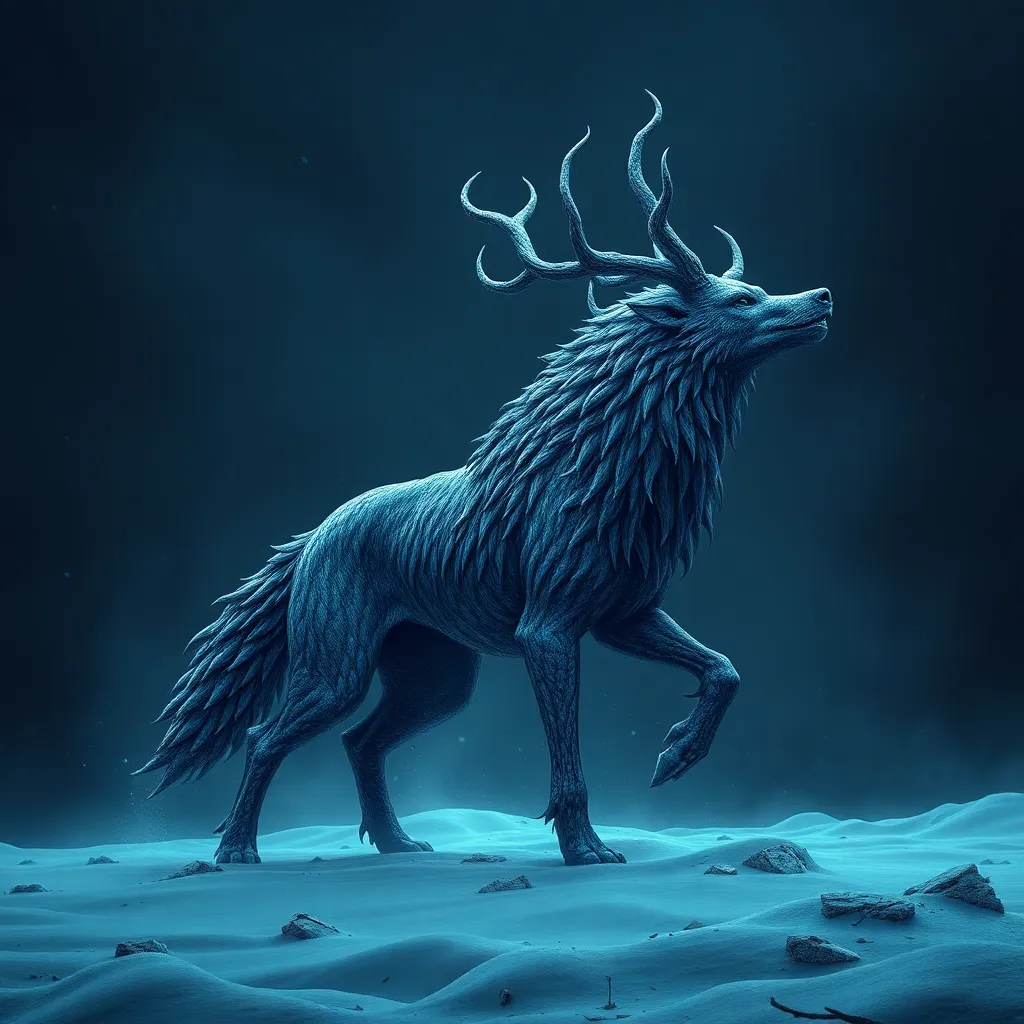The Most Fascinating Myths of Ancient Deities and Their Powers
Introduction to Ancient Deities and Their Significance
In ancient cultures, deities were revered embodiments of nature, human experiences, and the cosmos. They were often viewed as powerful entities that governed various aspects of life, from love and war to harvest and the weather. Each civilization developed its unique pantheon, reflecting its values, fears, and aspirations.
Mythology plays a crucial role in understanding these ancient civilizations. Through myths, we gain insights into their worldviews, social structures, and cultural practices. Ancient myths not only explain the origins of the universe and humanity but also serve as moral guides and cautionary tales.
The Creation Myths: Birth of the Gods and the Universe
Creation myths are foundational stories that explain the origins of the world and its inhabitants. Across cultures, these myths vary significantly, yet they often share common themes.
- Cosmic Egg: Many cultures, such as the Chinese and Indian, feature a cosmic egg from which the universe and the first deities emerged.
- Divine Craftsmanship: In Greek mythology, the Titan Prometheus formed humanity from clay, while in the Judeo-Christian tradition, God created the world in seven days.
- Chaos to Order: Many myths, including those from Mesopotamia, begin with chaos, from which gods impose order.
Key deities involved in these creation stories often include figures like Chaos in Greek mythology, Brahma in Hinduism, and the primordial waters in Egyptian beliefs.
Zeus and the Olympian Pantheon: Rulers of the Sky
Zeus, the king of the Greek gods, is a prominent figure in mythology, known for his power over the sky and thunder. He is often depicted as a benevolent yet sometimes vengeful ruler who influences the lives of mortals.
Zeus’s powers include:
- Controlling weather, particularly storms and lightning.
- Upholding law and order among gods and mortals.
- Exercising justice, often punishing those who defy the divine order.
The Olympian pantheon consists of various gods, each with distinct roles. For example, Hera, Zeus’s wife, embodies marriage and family, while Poseidon governs the sea. Their interactions with mortals often lead to tales of love, betrayal, and the consequences of human actions.
Hindu Deities: The Divine Trinity and Their Cosmic Powers
In Hindu mythology, the concept of the divine trinity is central to understanding the universe’s cyclical nature. The three principal deities are Brahma, Vishnu, and Shiva, each representing different cosmic functions.
- Brahma: The creator god responsible for the universe’s genesis.
- Vishnu: The preserver who maintains cosmic order and often incarnates as various avatars, such as Rama and Krishna.
- Shiva: The destroyer who facilitates transformation and regeneration through destruction.
This trio illustrates the cyclical process of creation, preservation, and destruction, emphasizing the interconnectedness of all life.
Egyptian Deities: The Afterlife and the Power of the Underworld
In ancient Egypt, the afterlife was of paramount importance, and the mythology surrounding deities like Osiris, Isis, and Anubis reflects this. Osiris, the god of the afterlife, was believed to be the judge of the dead and the ruler of the underworld.
Key aspects of Egyptian afterlife beliefs include:
- Judgment of Souls: The deceased’s heart was weighed against the feather of Ma’at, symbolizing truth and justice.
- Resurrection: Osiris’s story of death and resurrection symbolizes eternal life and the hope of rebirth.
- Role of Anubis: The god of embalming and the protector of graves, Anubis guided souls to the afterlife.
This emphasis on the afterlife profoundly influenced Egyptian culture, art, and monumental architecture, such as the pyramids.
Norse Mythology: The Aesir and Vanir Gods
Norse mythology features a rich tapestry of gods and goddesses, primarily divided into two groups: the Aesir and the Vanir. Central figures include Odin, Thor, and Loki, each representing unique aspects of existence.
Odin, the Allfather, is associated with wisdom, war, and poetry. His quest for knowledge often leads him to sacrifice much, including an eye, to gain wisdom. Thor, the god of thunder, symbolizes strength and protection, wielding his mighty hammer, Mjölnir.
Loki, the trickster god, embodies chaos and change, often challenging the status quo, leading to both conflict and resolution.
The Norse belief in fate and destiny, encapsulated in the concept of wyrd, highlights the inevitability of certain events, influencing the lives of gods and mortals alike.
Mesopotamian Deities: The Birth of Civilization and Divine Intervention
Mesopotamian mythology features a pantheon of deities that played crucial roles in the development of early civilization. Key figures include Marduk, Ishtar, and Enki.
Marduk, the chief god of Babylon, is often associated with creation and order, famously defeating the chaos monster Tiamat. Ishtar, the goddess of love and war, embodies the duality of life and death, influencing both fertility and conflict.
Enki, the god of wisdom and water, is known for his benevolence toward humanity, often intervening in myths to aid mortals.
These deities illustrate the relationship between gods and humanity, showcasing themes of divine intervention, moral lessons, and the consequences of human actions.
Celtic Deities: Nature, Warfare, and the Otherworld
Celtic mythology is rich with deities connected to nature, warfare, and the mystical Otherworld. Prominent figures include Dagda, Brigid, and Lugh.
Dagda, the good god, is associated with fertility and abundance, often depicted with a magical cauldron that provides endless food. Brigid, the goddess of healing, poetry, and smithing, represents the nurturing aspects of life.
Lugh, a warrior god, symbolizes skill and mastery, often celebrated during festivals. The connection between these deities and the natural world highlights the Celts’ reverence for nature and spirituality.
The Influence of Myths on Modern Culture and Literature
Ancient myths continue to shape contemporary storytelling, influencing literature, film, and art. Elements of these myths reappear in various forms, often reinterpreted for modern audiences.
- Literature: Works like “The Odyssey” and “The Iliad” remain foundational texts, inspiring countless adaptations and retellings.
- Film: Movies like “Clash of the Titans” and Marvel’s Thor series draw directly from ancient myths, bringing them into popular culture.
- Art: Artists frequently reference mythological themes, exploring the human condition through ancient narratives.
These modern interpretations keep the essence of ancient myths alive, allowing new generations to engage with timeless stories and themes.
Conclusion: The Enduring Legacy of Ancient Myths
The myths of ancient deities resonate with us today, offering insights into the human experience and the natural world. They reflect our struggles, aspirations, and the quest for meaning in life.
Preserving and studying these ancient mythologies is vital for understanding the complex tapestry of human culture. As we explore these fascinating myths, we connect with our shared past and recognize the enduring power of storytelling in shaping our identities and beliefs.



